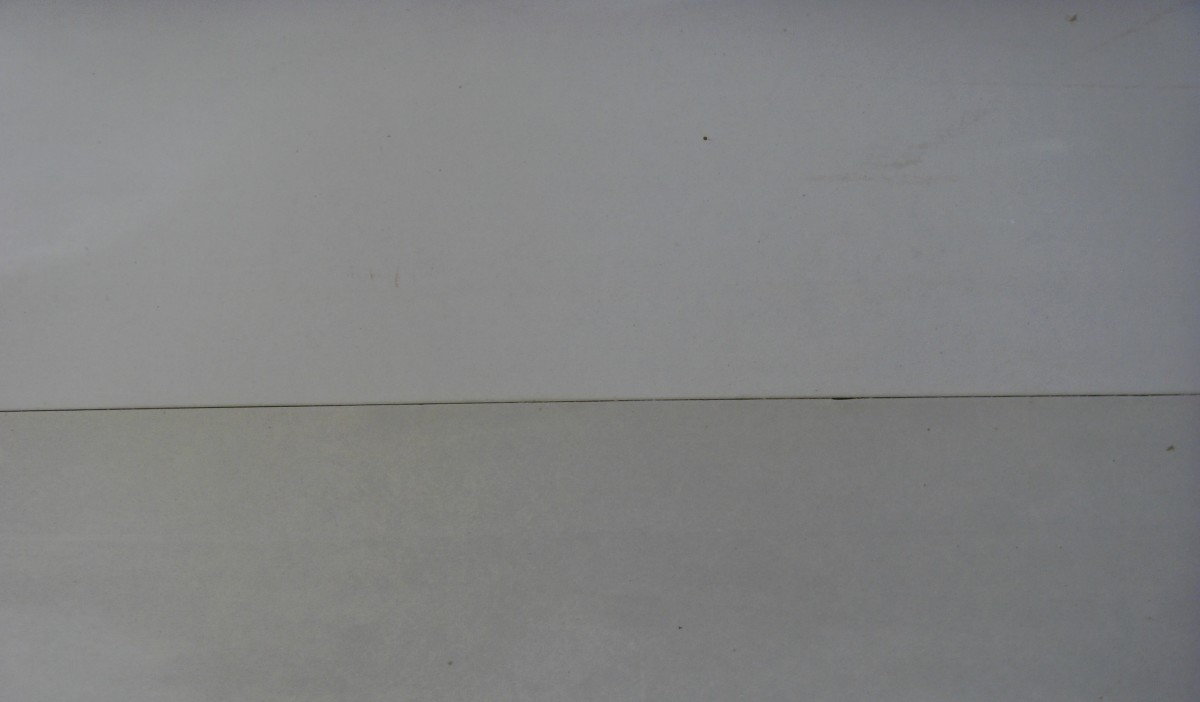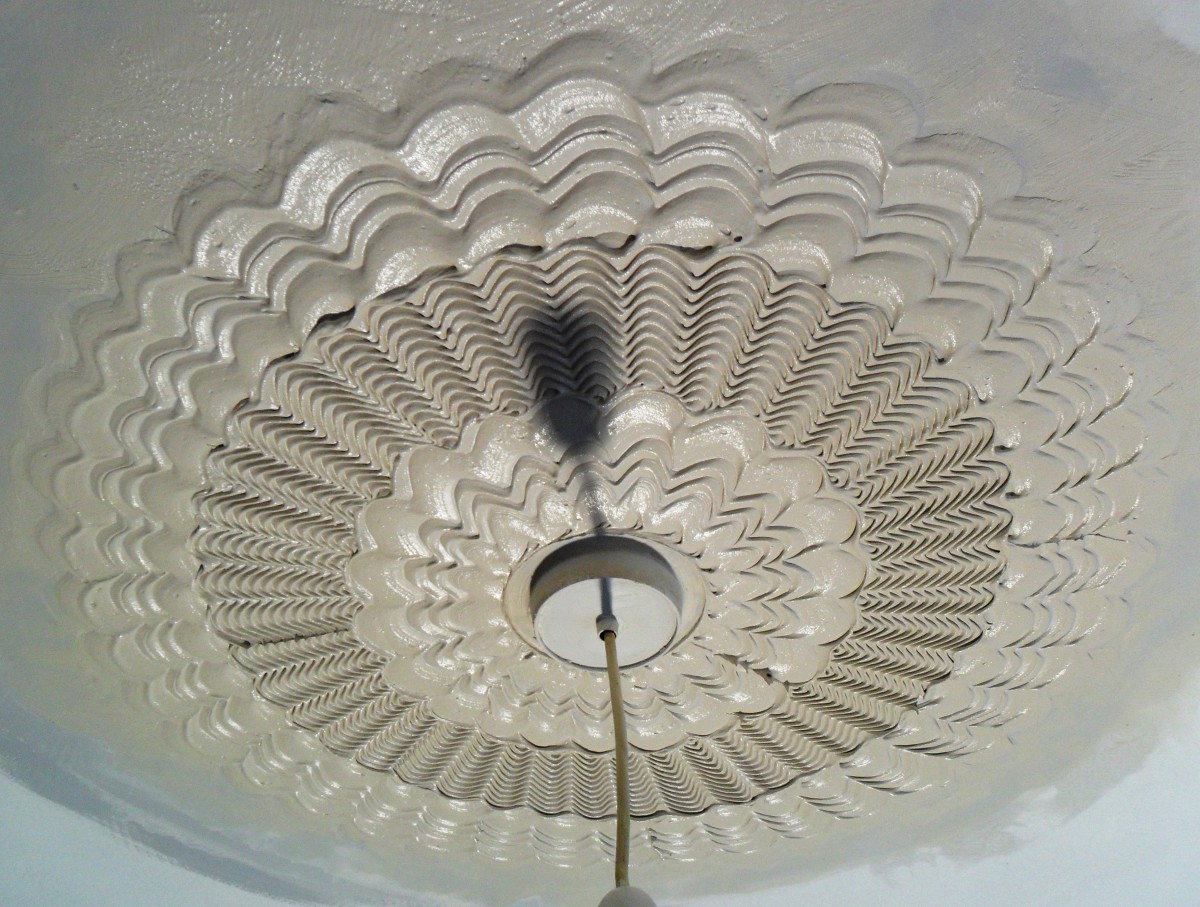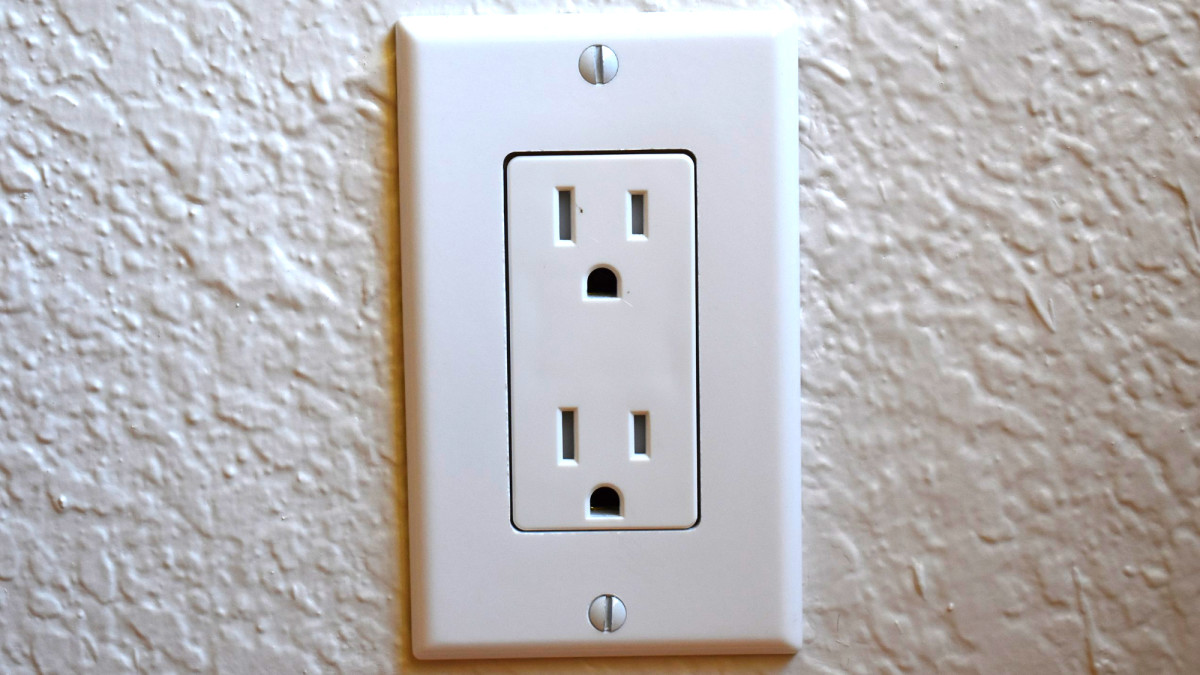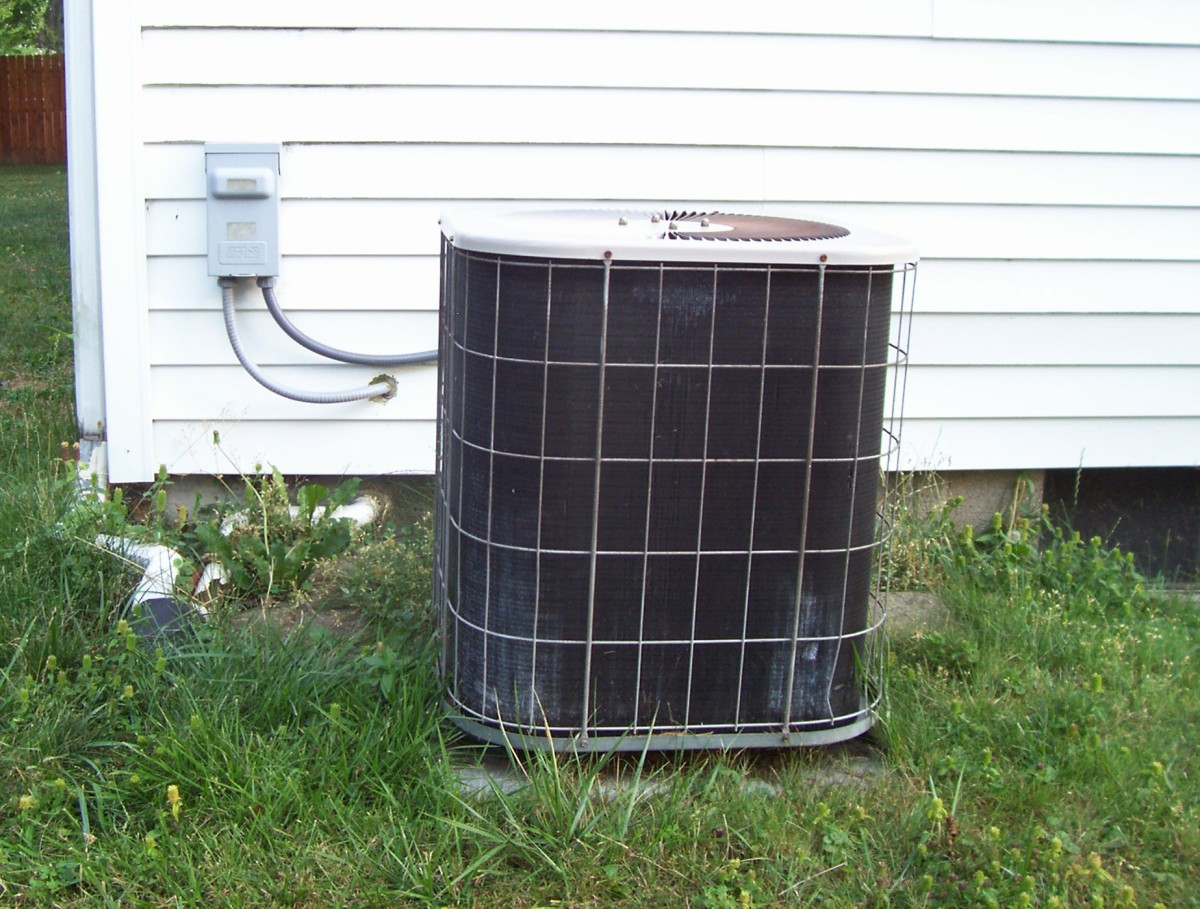How to Fix a Hole in Drywall
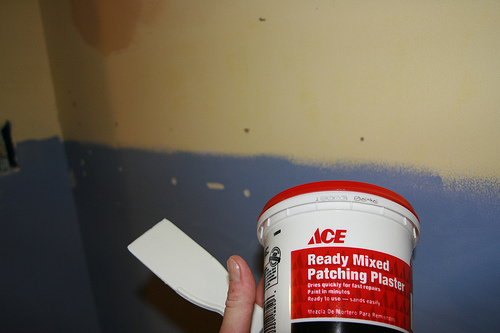
DIY Steps to Fix Holes in Drywall
You can get round to exhibiting your DIY skills and repairing the holes that have appeared in your drywalls. Damage can cause small holes to appear or even hurt a much larger part of the wall if you were unlucky enough to bang some of the furniture into it.
Wondering how to fix a hole in dry wall? If the hole is small, you can use a peel and stick patch that is easily available. If the hole is bigger you would need some wood to make a backing and a piece of drywall to fit over the hole. Besides this you would need drywall patching compound and of course the tools from your workbench like a keyhole saw, tape measure, wire, string, wire cutters, putty knife, and sandpaper, paint, primer and brushes to complete the repair job.
Repairing a Small Hole
Repairing any hole requires that you would require some sort of support for the patching compound that is going to cover the hole. If the hole is small you can use dry wall patches that are available at most home centers.
This will be a peel and stick affair made of an aluminum screen with fiberglass mesh and is available in various sizes. But this has a small problem that the patch will appear slightly raised as it is fitted on the drywall surrounding the hole.
Now use the dry wall patching compound to cover the patch. Do this with a putty knife. You can use plaster of paris with water to make a thick paste if you do not have the drywall patching compound. Keep the surface of the patch slightly lower than the drywall surface. Now wait for the patch to dry. This may take about a day and the patch will turn white. Now cut the wire and remove the piece of wood. Now finish the patch till the surface is level with the surrounding wall and again wait for it to dry.
Sand the patched area, and use primer and paint to match the surrounding wall.

Repairing Areas That Are Much Larger
The basic idea of the repair is the same. You may have to use a piece of drywall, which is the shape of the damaged area. If the break is very irregular, it is advisable to cut into the damaged area and create a hole that is of some sort of regular shape. Once this is done, measure the opening you have created, or trace its outline on paper. Use this outline to cut the drywall piece so that it would cover the opening, leaving just a little space around it so that piece fits in easily.
Now you have to create a framework to which you can fix this drywall patch that you have. For this you can use strips of wood or ply that extend over the hole by a couple of inches. Insert these pieces into the hole and hold them against the back of the drywall. You can then use screws through the drywall to fix the wooden pieces. This framework that has been created is then used to take the drywall patch or piece which you can screw on to the wood strips so that the hole is now completely patched. You can then use drywall tape which has an adhesive backing to areas around the patch and some drywall compound to the screw heads which you will have countersunk.
Now follow the previous process of drywall compound if necessary and the necessary priming and painting to complete your repairs.


